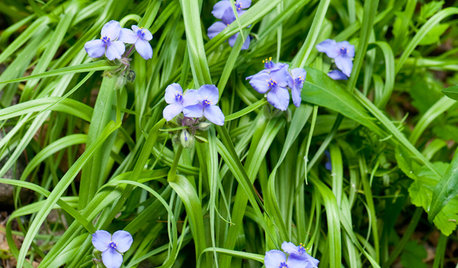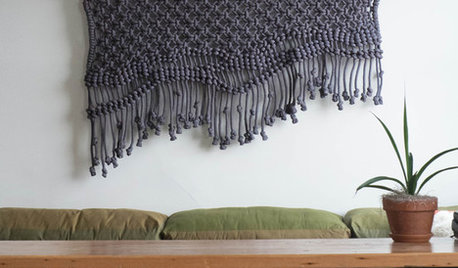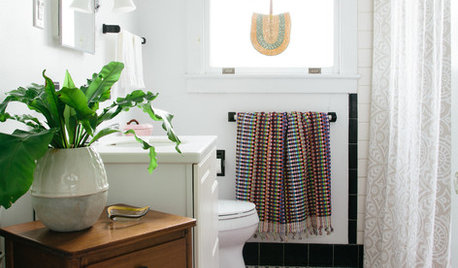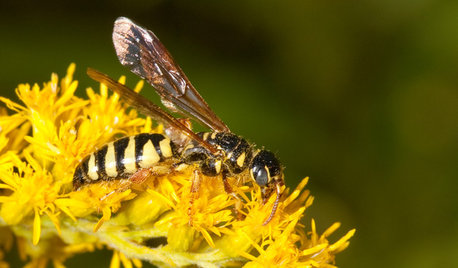Spider plant babies
joannelj
13 years ago
Featured Answer
Sort by:Oldest
Comments (13)
birdsnblooms
13 years agolast modified: 9 years agotapla (mid-Michigan, USDA z5b-6a)
13 years agolast modified: 9 years agoRelated Discussions
HAVE: Have: Reverse Varigated Spider Plant Babies
Comments (4)fI would love sase start of green , var and rev var spider plants :) I don't really have anything on your list I did just get in cuttings from opuntia humifusa I may be willing to part with Let me know thanks...See MoreHAVE: Spider plant babies, water lettuce, pregnant onion, etc
Comments (2)do you still have water lettuce, hyacinth, and pregnant onion for shipping? they are all 3 on my wish list!!!! email me if you do please and thank you....See MoreWould like spider plant baby
Comments (3)I have a lot of spider plant pups if you still want some....See MoreGood or Bad Idea To Root Spider Plant Babies In Same Container?
Comments (4)Spider plants are one of the most forgiving plants when it comes to playing in their soil. They have huge roots that grow forever and continue to grow when disturbed. It's all your preference whether or not you want to pot them up separately or with the mother plant. If there is room in the pot, there is no reason not to unless the mother plant is diseased or suffering from root problems or you want to give one to everybody in your neighborhood. If you don't, you'll end up with hundreds of plants. You can also root them in a separate pot and when it's time to pot up the mother plant add the babies back in with it....See Morebrodyjames_gw
13 years agolast modified: 9 years agotapla (mid-Michigan, USDA z5b-6a)
13 years agolast modified: 9 years agojodik_gw
13 years agolast modified: 9 years agobirdsnblooms
13 years agolast modified: 9 years agobirdsnblooms
13 years agolast modified: 9 years agotapla (mid-Michigan, USDA z5b-6a)
13 years agolast modified: 9 years agobirdsnblooms
13 years agolast modified: 9 years agoplantmasterm
13 years agolast modified: 9 years agotmcquillen175_comcast_net
12 years agolast modified: 9 years agoTiffany, purpleinopp Z8b Opp, AL
12 years ago
Related Stories

GARDENING GUIDESGreat Design Plant: Tradescantia Ohiensis Adds Shades of Blue
This reliable, adaptable U.S. native provides spider-like foliage and clusters of blue to purple flowers in Eastern gardens each spring
Full Story
DECORATING GUIDESKnot Again! Macrame Is Back
It's happened. A craft that typified 1970s style (the owls, the spider plants!) is back, but better
Full Story
GARDENING GUIDESWe Bust 4 More Native Plant Myths
Have you been taken in by these fallacies about gardening with native plants?
Full Story
HOUSEPLANTS8 Essentials for Healthy Indoor Plants
Houseplants add so much to our homes — and can thrive when grown in the right conditions. Keep these tips in mind
Full Story
GARDENING FOR BUTTERFLIES3 Ways Native Plants Make Gardening So Much Better
You probably know about the lower maintenance. But native plants' other benefits go far beyond a little less watering and weeding
Full Story
GARDENING GUIDES6 Plants That Beat Butterfly Bush for the Wildlife Draw
It's invasive, a nonnative and a poor insect magnet. Check out these better alternatives to butterfly bush in the garden
Full Story
CONTAINER GARDENSFreshen Up the Bath With Lush and Healthy Plants
Learn how to choose and care for plants that will do well in your space
Full Story
LANDSCAPE DESIGNGreat Design Plant: Retreat to the Shade of Hardy Catalpa
Big foliage and a towering height provide a shady respite in summer, but that's not all hardy catalpa offers dedicated gardeners
Full Story
HOUSEPLANTS10 Top Plants to Grow Indoors
Brighten a room and clean the air with a houseplant that cascades artfully, stretches toward the ceiling or looks great on a wall
Full Story
GARDENING GUIDESAttract Thynnid Wasps With Summer-Flowering Native Plants
These beneficial insects will hunt damaging beetle grubs in your lawn
Full Story






tapla (mid-Michigan, USDA z5b-6a)